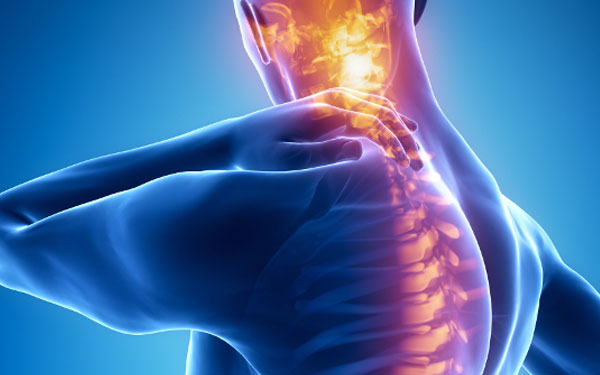- FREE Express Shipping On Orders $99+

Neuropathic Pain: How It Differs from Other Types of Pain
Understanding pain is crucial for effective treatment and management, as different types of pain have distinct causes, mechanisms, and treatments. Neuropathic pain stands apart from other types of pain due to its unique origins and characteristics. This article explores the differences between neuropathic pain and other common types of pain, providing insights into their distinct features and implications for treatment.
Types of Pain
Nociceptive Pain
Nociceptive pain is the most common type of pain, resulting from damage to body tissues (e.g., muscles, bones, joints). It serves as a protective mechanism, alerting the body to potential or actual tissue damage. Examples include:
- Musculoskeletal Pain: Arising from injuries, strains, or arthritis.
- Visceral Pain: Originating from internal organs, such as in cases of appendicitis or kidney stones.
Neuropathic Pain
Neuropathic pain, in contrast, stems from damage or dysfunction of the nervous system itself rather than from tissue damage. This type of pain can persist long after the initial injury has healed and is often described as shooting, burning, or electric shock-like sensations. Common causes include:
- Diabetic Neuropathy: Nerve damage due to diabetes affecting sensory and motor nerves.
- Postherpetic Neuralgia: Persistent pain following an outbreak of shingles (herpes zoster) due to nerve damage.
- Peripheral Neuropathy: Damage to peripheral nerves, leading to pain, numbness, and tingling in the extremities.
Mechanisms of Neuropathic Pain
Nerve Damage
Neuropathic pain arises when nerves themselves are damaged or become dysfunctional. This can result in abnormal processing of pain signals by the nervous system, leading to sensations of pain in the absence of actual tissue damage.
Altered Sensitivity
Individuals with neuropathic pain may experience heightened sensitivity to stimuli (hyperalgesia) or pain in response to normally non-painful stimuli (allodynia). These phenomena reflect the nerve’s altered responsiveness to sensory input.
Characteristics of Neuropathic Pain
Quality of Pain
Neuropathic pain is often described as:
- Burning: A persistent sensation of heat or burning.
- Electric Shock-like: Sudden, sharp, shooting pains.
- Tingling or Numbness: Sensations of pins and needles or loss of sensation.
Distribution
Neuropathic pain may be localized to specific areas (e.g., along the path of a nerve) or more widespread, depending on the extent and location of nerve damage.
Diagnosis and Treatment
Diagnostic Challenges
Diagnosing neuropathic pain requires a thorough medical history, physical examination, and often additional tests such as nerve conduction studies or imaging to identify nerve damage or dysfunction.
Treatment Approaches
Managing neuropathic pain can be challenging due to its complex nature. Treatment options may include:
- Medications: Anticonvulsants (e.g., Pregabalin, Gabapentin) and certain antidepressants (e.g., Amitriptyline, Duloxetine) that modulate nerve signaling.
- Physical Therapy: Techniques such as massage, stretching, and transcutaneous electrical nerve stimulation (TENS) to relieve pain and improve nerve function.
- Psychological Support: Cognitive-behavioral therapy (CBT) and counseling to help individuals cope with chronic pain and improve quality of life.
- Surgical Interventions: In cases of severe nerve compression or damage, surgery may be considered to relieve pressure on affected nerves.
Conclusion
Neuropathic pain differs significantly from nociceptive pain in its underlying mechanisms, characteristics, and treatment approaches. Understanding these differences is crucial for healthcare providers to accurately diagnose and effectively manage neuropathic pain, ultimately improving outcomes and quality of life for individuals living with this challenging condition.
